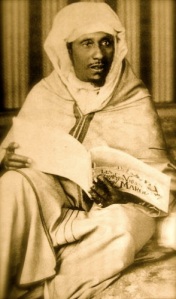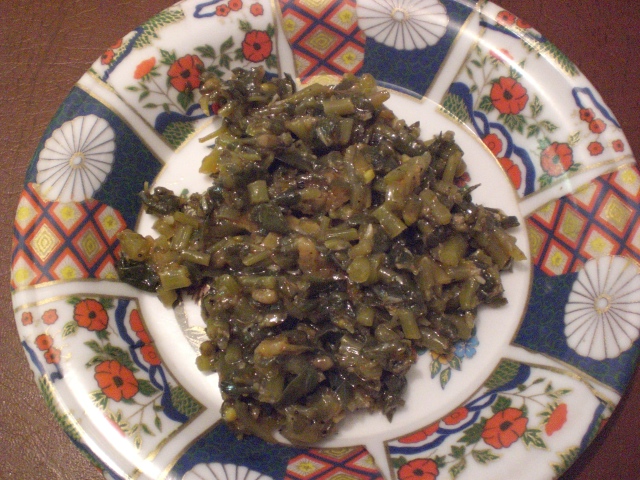Ouarzazate Then & Now, A Growing Berber City in Southern Morocco, Your Morocco Travel Guide
“Ouarzazate has one main street, about fifty yards long, and two thousand people, of whom two hundred are French. The temperature can reach 110 degrees Fahrenheit in the summer. ” So says world-renowned journalist John Gunther in 1952, of his visit to Ouarzazate, during the reign of the Pasha Glaoui, whose honored guest he was.






